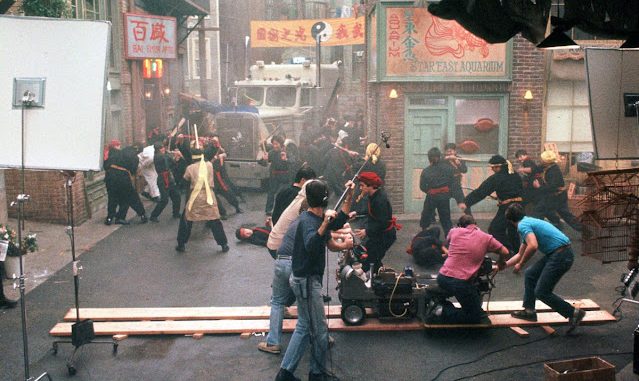
John Carpenter’s Big Trouble in Little China (1986) was one of the most distinctive action, fantasy films of the 1980s, a wild mix of martial arts, supernatural mythology, and tongue-in-cheek humor. Its production was as unconventional and spirited as the film itself.
Carpenter initially looked for a major star for the lead role to compete with The Golden Child’s casting of Murphy; the director wanted Clint Eastwood or Jack Nicholson, but neither actor was available. The studio felt Kurt Russell was an up-and-coming star and, additionally, Russell had previously appeared in Carpenter’s films and the duo had developed a longstanding friendship.
Russell was initially unsure if he could find an interesting way to play Burton but valued working with Carpenter. After discussions with the director and rereading the script, he saw the movie as an opportunity to play a type of action hero that differed from his prior roles like Snake Plissken by mixing a leading-man archetype with comic-relief behavior: “I’ve never played a hero who has so many faults. Jack is and isn’t the hero. He falls on his ass as much as he comes through. … He thinks he knows how to handle situations and then gets into situations he can’t handle but somehow blunders his way through anyhow.” Russell took inspiration from John Wayne’s characters in portraying Burton, albeit heightening the bravado to a comedic level. Carpenter and Russell’s familiarity allowed the actor to improvise and explore outside the script during shooting.
Kim Cattrall, cast as Gracie Law, considered Big Trouble in Little China an ideal role for that point in her career. Keen to avoid typecasting — first as a dramatic actress due to work in various TV dramas, then as a comedienne from roles in Porky’s and Police Academy — Cattrall saw the role as not only synthesizing both drama and humor but also showing new facets of her acting ability. Though her character is often in peril, Cattrall did not view Law as a damsel in distress: “I’m not screaming for help the whole time. I think the humor comes out of the situations and my relationship with Jack Burton. I’m the brains and he’s the brawn.” Carpenter liked how Cattrall had a “comedic sense” yet could be serious, standing up for her acting abilities against studio pressure to cast a “rock star” as the love interest.
The studio initially wanted action star Jackie Chan for the role of Wang Chi. Chan declined, primarily due to his then-limited English and a desire to focus on his film career back in Asia. The role ultimately went to Dennis Dun.
Russell committed to the role’s physical demands, running and lifting weights for two months before filming. During filming, he caught a severe case of the flu. The real sweat seen on him during the scene after the brothel visit was reportedly due to his fever. In addition, Carpenter and his cast and crew did a week’s rehearsals that mainly involved choreographing the martial arts scenes.
Although the early exterior establishing scenes were filmed on location in Chinatown, most of the film was shot on sets built in the Fox lot in Los Angeles. Production designer John Lloyd designed the elaborate underground sets and recreated Chinatown with three-story buildings, roads, streetlights, sewers and so on. This was necessary for the staging of complicated special effects and kung fu fight sequences that would have been very hard to do on location. This forced the filmmaker to shoot the film in 15 weeks with a $25 million budget. For the film’s many fight scenes, Carpenter worked with martial arts choreographer James Lew, who planned out every move in advance. “I used every cheap gag – trampolines, wires, reverse movements and upside-down sets,” Carpenter said. “It was much like photographing a dance.”
Despite receiving generally positive reviews, the film was a commercial failure, grossing $11.1 million in North America, below its estimated $19 to $25 million budget. This left Carpenter disillusioned with Hollywood and influenced his decision to return to independent filmmaking. In later years, the film gained a steady audience on home video, and has become a cult classic.

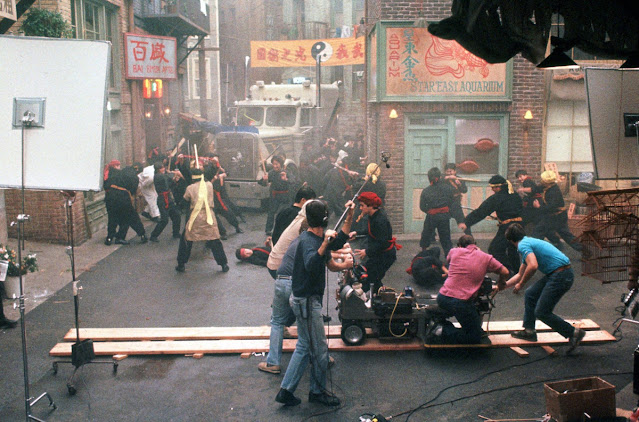
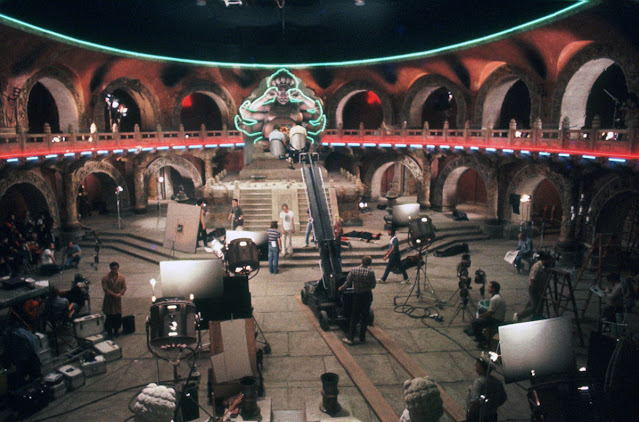
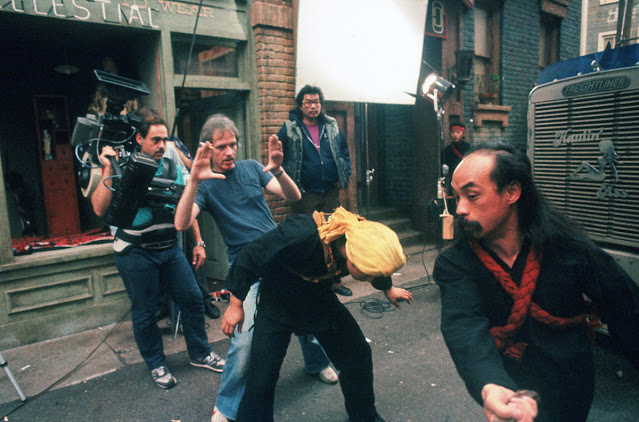
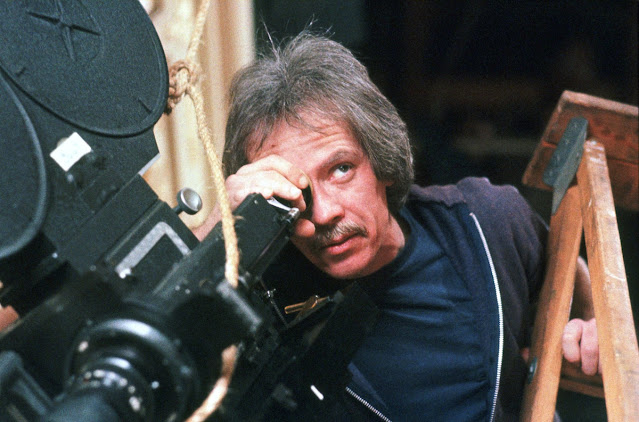
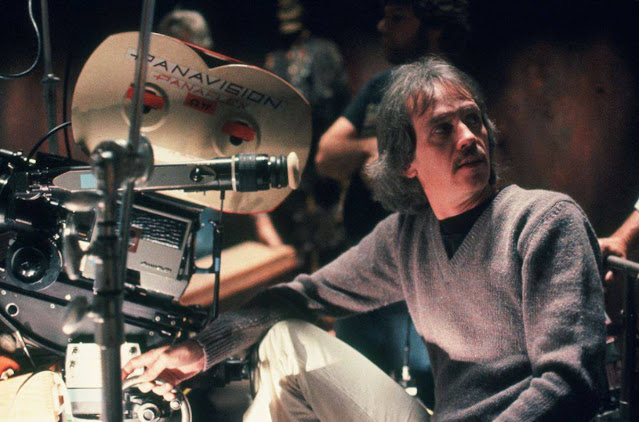
Leave a Reply